This post may contain affiliate links. Please read our full Disclosure Policy.
Flower food is vital in extending the lifespan of freshly cut flowers! By adding homemade or store-bought flower food to the water in a vase, you can keep your floral arrangements looking lively, helping them stay vibrant and beautiful for a longer period of time.
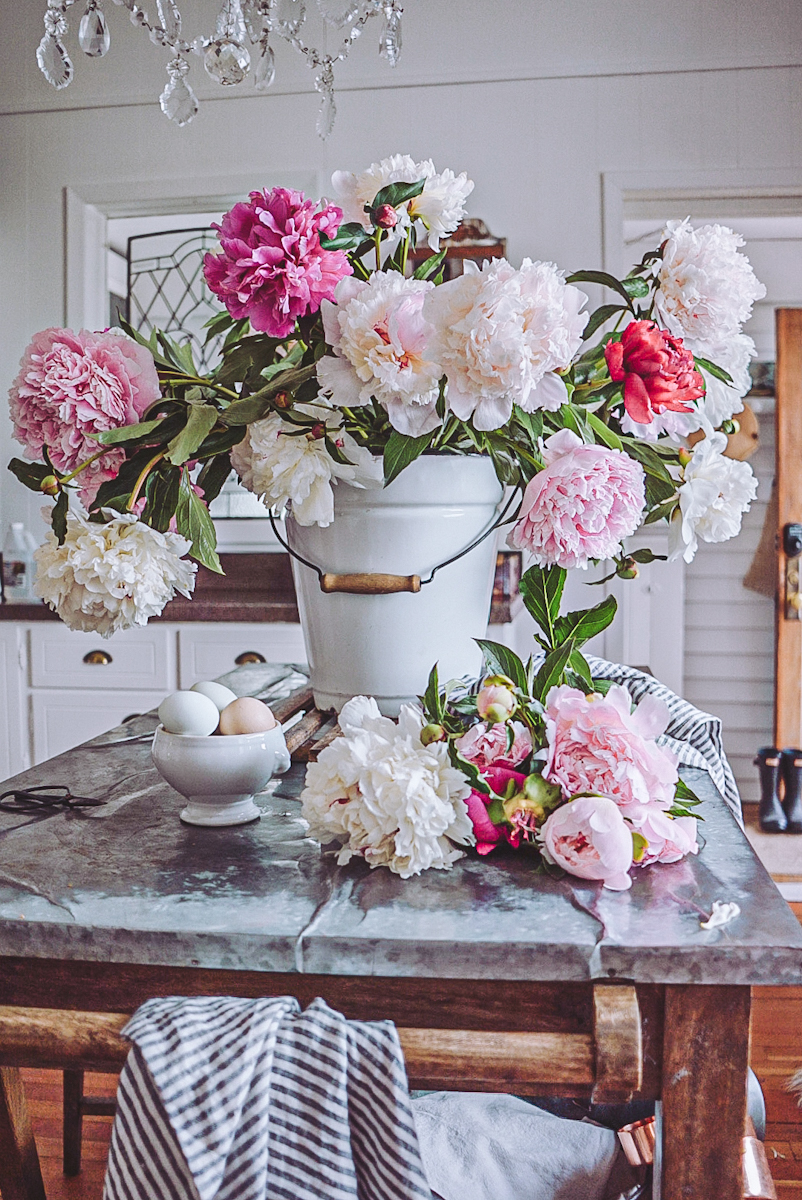
I am not a professional florist; however, after years of working with fresh flowers from my garden and in my home, I have tried so many different ways to make the most of the life of my blooms.
Let’s face it: flowers are expensive! It is nice to know how to keep them around for as long as possible. Flower food is important for maintaining the freshness and health of cut flowers. Comprised of a blend of essential ingredients, flower food nourishes the stems of the flower and helps preserve its longevity and appearance.
Whether you grow flowers in your own garden, pick them up at a flower market, or grab a bundle of beauties from your local grocery store, there is nothing more satisfying than coming home with a big bundle of fresh-cut flowers! Here are simple steps to make your cut flowers last longer!
What Is Flower Food
Flower food, also known as floral preservative, is a mixture of ingredients designed to prolong the life and freshness of cut flowers. It nourishes the flowers and prevents them from wilting and decaying prematurely. It is commonly provided in the form of powder or liquid packets that accompany bouquets of flowers or can be purchased separately for home use.
Flower food can generally be found in small packets accompanying store-bought bouquets, but homemade flower food can easily be made using accessible household ingredients.
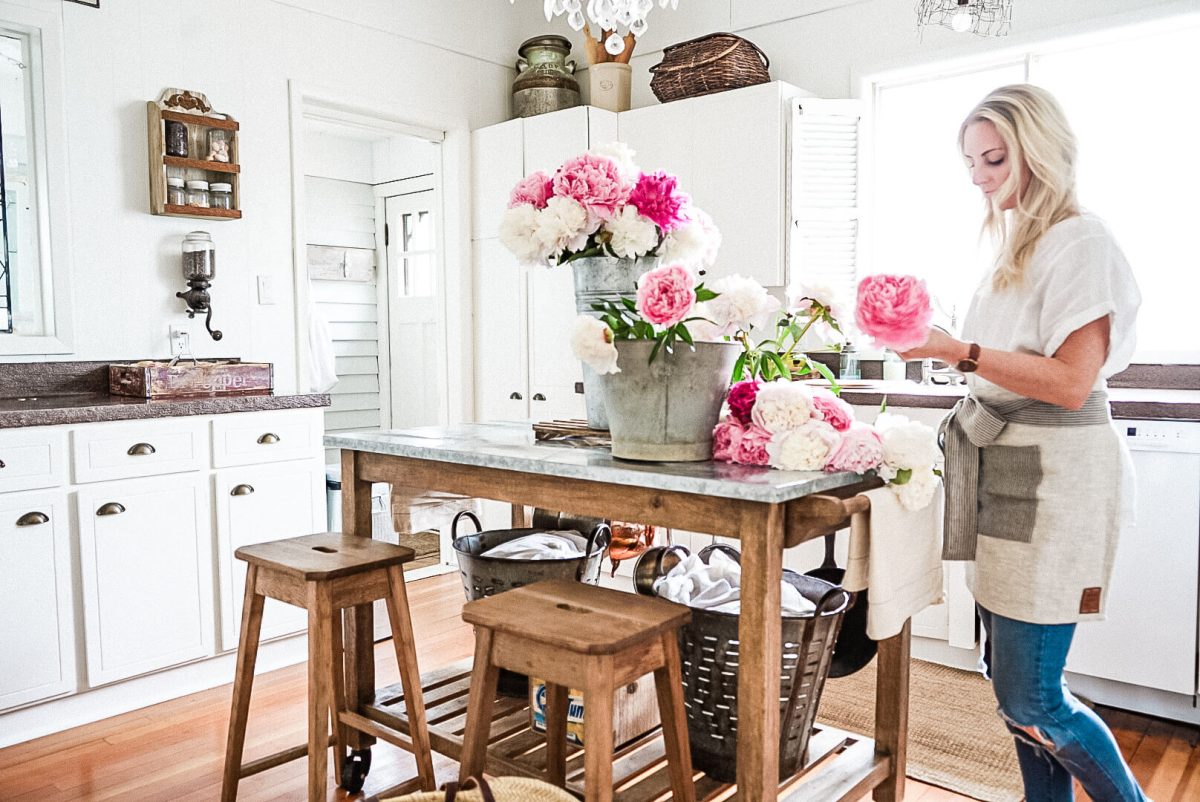
Flower foods are a blend of three main ingredients or primary components: citric acid, sugar, and bleach. Each possesses unique properties that contribute to preserving flowers beyond their usual life span in plain water alone. By understanding the benefits of these components and learning how to create a suitable flower food mixture, you can enhance the longevity and overall appearance of fresh-cut floral arrangements, and who doesn’t want that?
Sugar
Sugar serves as a source of energy for the flowers, allowing them to continue blooming, maintaining their appearance, and providing nutrients to the stems.
Bleach
Bleach acts as a disinfectant, killing any bacteria that may be present in the water and inhibiting their growth. It helps to ward off bacteria that could limit the flowers’ lifespan, thus preventing decay and maintaining freshness.
Citric Acid
Citric acid plays a role in lowering the pH level of the water in the vase, creating an environment that is less conducive to bacterial growth, which can cause flowers to deteriorate faster.
Types of Flower Food
Commercial Flower Food
Commercial flower food is available in various forms, like powders or liquids, and is specially designed to nourish and extend the life of cut flowers. The typical ingredients in commercial flower food include sugar for providing nutrients, citric acid for lowering the pH of the water, and bleach for preventing the growth of bacteria and fungi.
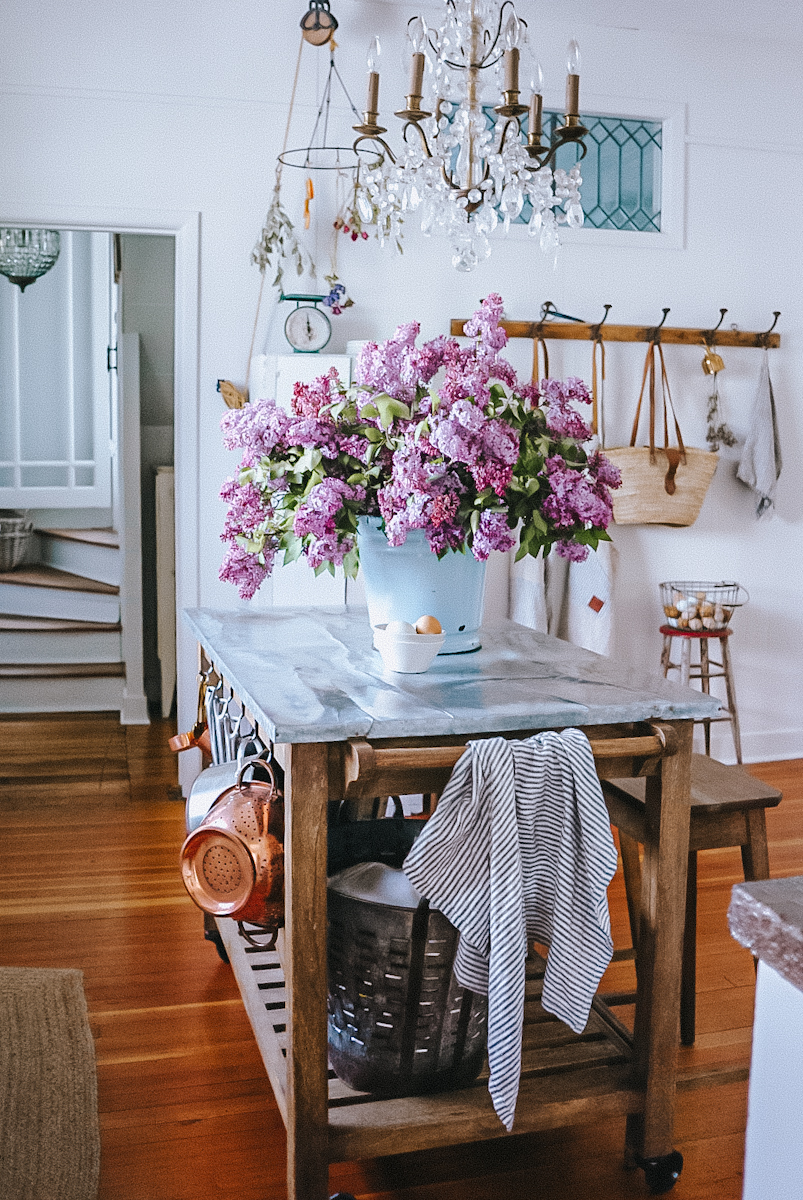
When using flower food, it is important to follow the recommended dosage instructions provided on the packet or by the manufacturer. Overuse of flower food can cause the flowers to wilt faster or discolor, while too little of these nutrients may not have the desired effect on preserving the freshness of the flowers.
Homemade Flower Food
Creating your own flower food can be an easy and cost-effective way to care for your flower arrangements. Flower food made a natural way generally consists of three main ingredients: citric acid, sugar, and bleach. Citric acid is used for lowering the water pH, sugar acts as a nutrient for the stems, and bleach helps keep bacteria at bay.
I have used a common homemade flower food recipe for years that combines 1 quart of water, 2 tablespoons of fresh lemon or lime juice, 1 tablespoon of granulated sugar, and 1/2 tablespoon of household bleach.
This concoction provides a similar set of benefits to the store-bought flower food. It helps to nourish the flowers, prevent bacteria growth, and maintain a lower pH level in the water. Just make sure to mix these ingredients well before using the solution as a vase filler or for arrangements containing floral foam.
Benefits of Flower Food
Flower food plays a vital role in maintaining the beauty and longevity of fresh-cut flowers. Here are a few of the benefits of using flower food I have noticed over the years.
Longer Vase Life
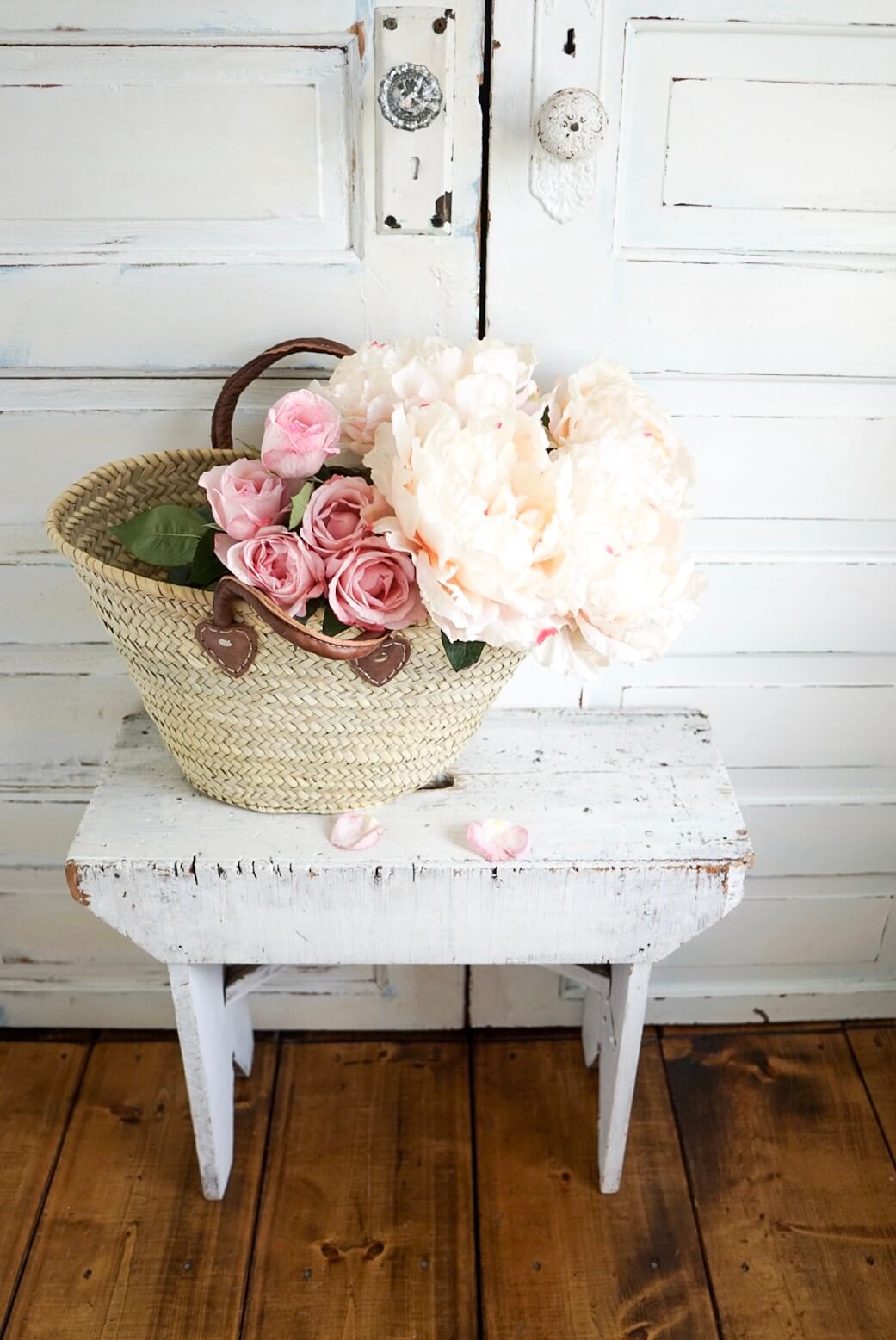
One of the main benefits of using flower food is that it helps to extend the vase life of cut flowers. By providing essential nutrients, flower food can slow down the aging process and keep blooms looking fresh and vibrant for an extended period.
Improved and Enhanced Appearance
Flower food can also improve the appearance of cut flowers by promoting fuller blooms, preventing wilting, and maintaining proper hydration. By providing necessary nutrients, flower food allows cut flowers to display their full beauty and brilliance throughout their vase life.
A good quality flower food contains chemicals known as stem unpluggers. These chemicals help drain bacteria buildup, allowing stems optimal water uptake to soak up more hydration and further enhance their appearance.
Enhanced Scent
Probably my favorite reason to use flower food is that the use of flower food can also result in a more potent and pleasant scent from your cut flowers. Properly nourished flowers tend to have a stronger, more fragrant aroma compared to those kept in plain water. This improved scent adds an additional sensory element to the enjoyment of fresh-cut flowers, making them a more attractive addition to your living space.
Healthier Growth
A well-prepared flower food mixture can support healthier flowers by reducing inflammation and neutralizing toxins from pollutants and other harmful substances.
Environmentally Sustainable
Opting for homemade flower food not only saves money but also eliminates the use of synthetic materials, making it a more sustainable choice for the environment.
How to Use Flower Food
Use the following ingredients and steps to make your own flower food out of common household ingredients.
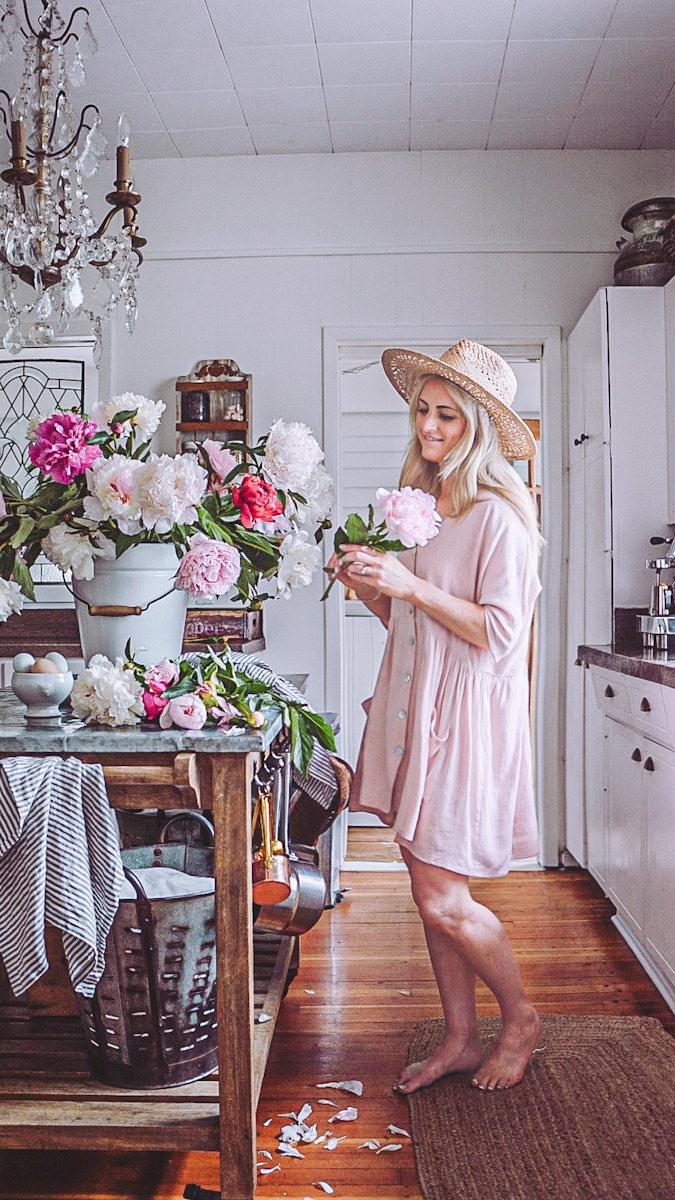
Supplies for Homemade Cut Flower Food
Shop for what you need to make homemade flower food now!
Tools for Flower Care
- Vase or bucket for flowers
- Sharp scissors or knife
Need a good quality pair of flower shears or a cutting knife? These are my favorites below.
Ingredients for Homemade Flower Food
- 1 quart of warm tap water
- 2 tablespoons of fresh lemon or lime juice
- 2 tablespoons of granulated sugar,
- 1/2 tablespoon of household bleach or apple cider vinegar, never use these two together.
Step-by-Step Guide
To use flower food effectively, follow these steps:
- Start by mixing the fresh lemon juice, granulated sugar, and pinch of bleach or apple cider vinegar into a clean vase or container with warm water. If you are using one of the little packets of commercial flower food, follow the instructions on the packet.
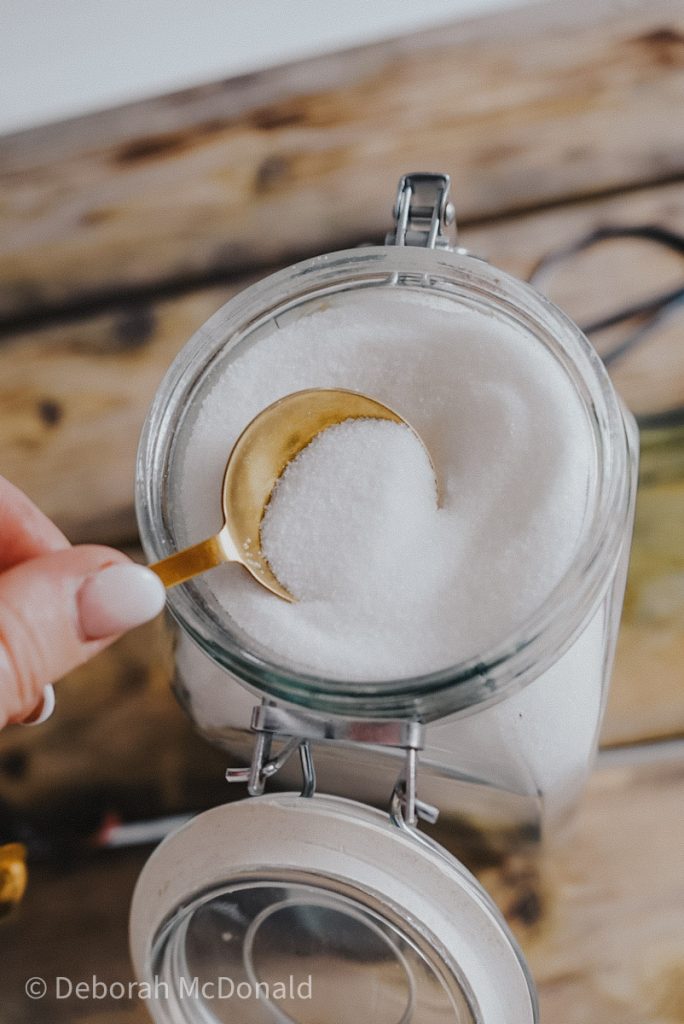
- Cut the flower stem at an angle, under running water, or submerge it in a bowl of water. This will improve the uptake of water and nutrients.
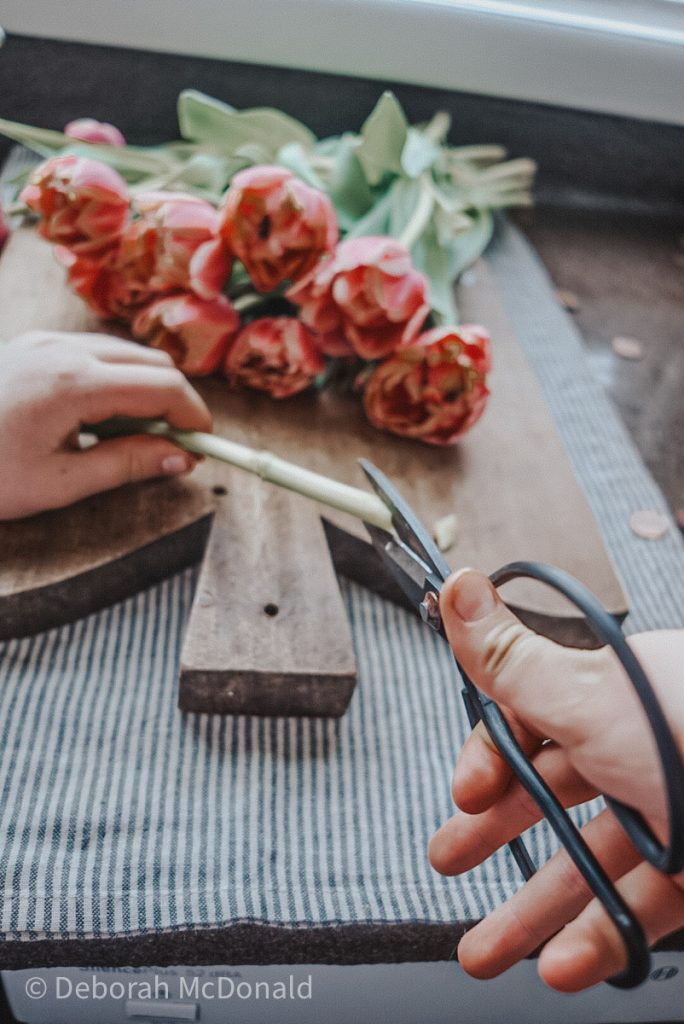
- Remove any leaves that will be submerged in the water, as they can rot and produce bacteria, reducing the flowers’ lifespan.
- Arrange the flowers in the vase with the prepared flower food solution. Make sure to keep them away from direct sunlight, drafts, and heat sources.
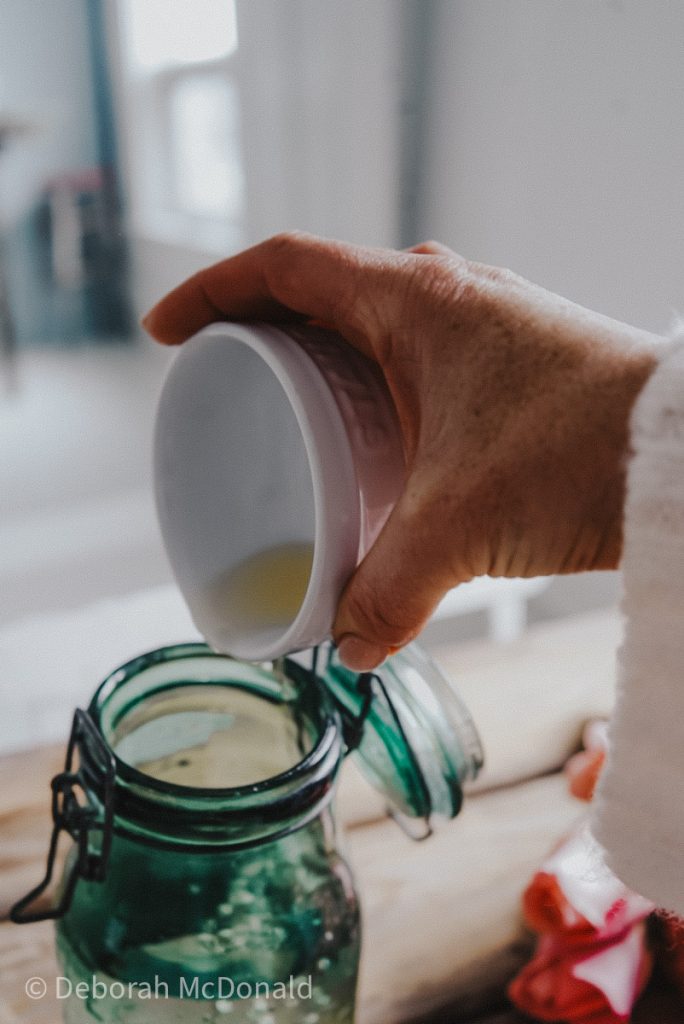
- Check the water level daily and top up with fresh water mixed with flower food if necessary. Replace the water and clean the vase every 2-3 days to prevent bacterial growth.
Fresh Cut Flower Food Alternatives
Now that you understand what flower food is, the ingredients in it and what purpose it serves, let’s go over some common household items that can be used as alternatives. All of these items can be found in most people’s homes or at your local grocery stores.
Give one or more of these a try! Then let me know in the comments which flower food you loved the best! For more fresh cut flower tips, be sure to also check out how to take care of fresh cut roses and hydrangeas.
DISTILLED WATER
Not technically a homemade flower food, but by using distilled water, there is less chance of particles in the water that can cause blockages in the stem. This works especially well for hydrangeas! It will make all the difference, and you could get them to last up to a couple of weeks by using the right water!
SUGAR
This acts like food or a preservative for the flowers. Mix sugar with apple cider vinegar or white vinegar and the sugar feeds the cut flower, while the vinegar kills any bacteria. Sugar is an amazing flower food alternative.
APPLE CIDER VINEGAR
Apple cider vinegar kills bacteria that can grow rapidly in the water. Change it out every other day. Mix this with some white sugar, and it will kill the bacteria and feed your stems! This is a great combination for your fresh cut flowers!
BLEACH
Not just good for cleaning the house or doing laundry anymore! Simply add 1/4 teaspoon bleach per quart (1 liter) and a cube of sugar. The bleach kills any bacteria in the water and eliminates cloudiness in the water.
COPPER PENNIES
If you add a copper penny and a cube of sugar, your cut flowers will last longer. The copper in pennies is thought to act like an acidifier, which prevents the growth of bacteria. Copper pennies added to some flowers like tulips will help them stand taller as well!
ASPIRIN
My Gran always did this and swore by it. Crush the Aspirin and add it to the water. Aspirin is also great for laundry! Check out my tips on how to brighten and, whiten laundry here!
HAIRSPRAY
Great hair and happy flowers! Win Win! To preserve the cut flowers longer, simply spray the underside of leaves and petals.
Alum Powder
Although this pickling powder isn’t always used for all flower types, Alum is excellent for cut hydrangeas! Dipping a freshly cut hydrangea into alum will help to prevent wilting! It can be found in the spice aisle of most grocery stores.
VODKA
Like most of the others we have listed, use vodka with a bit of sugar to help kill any bacteria in the water! Just keep this one out of the reach of children!
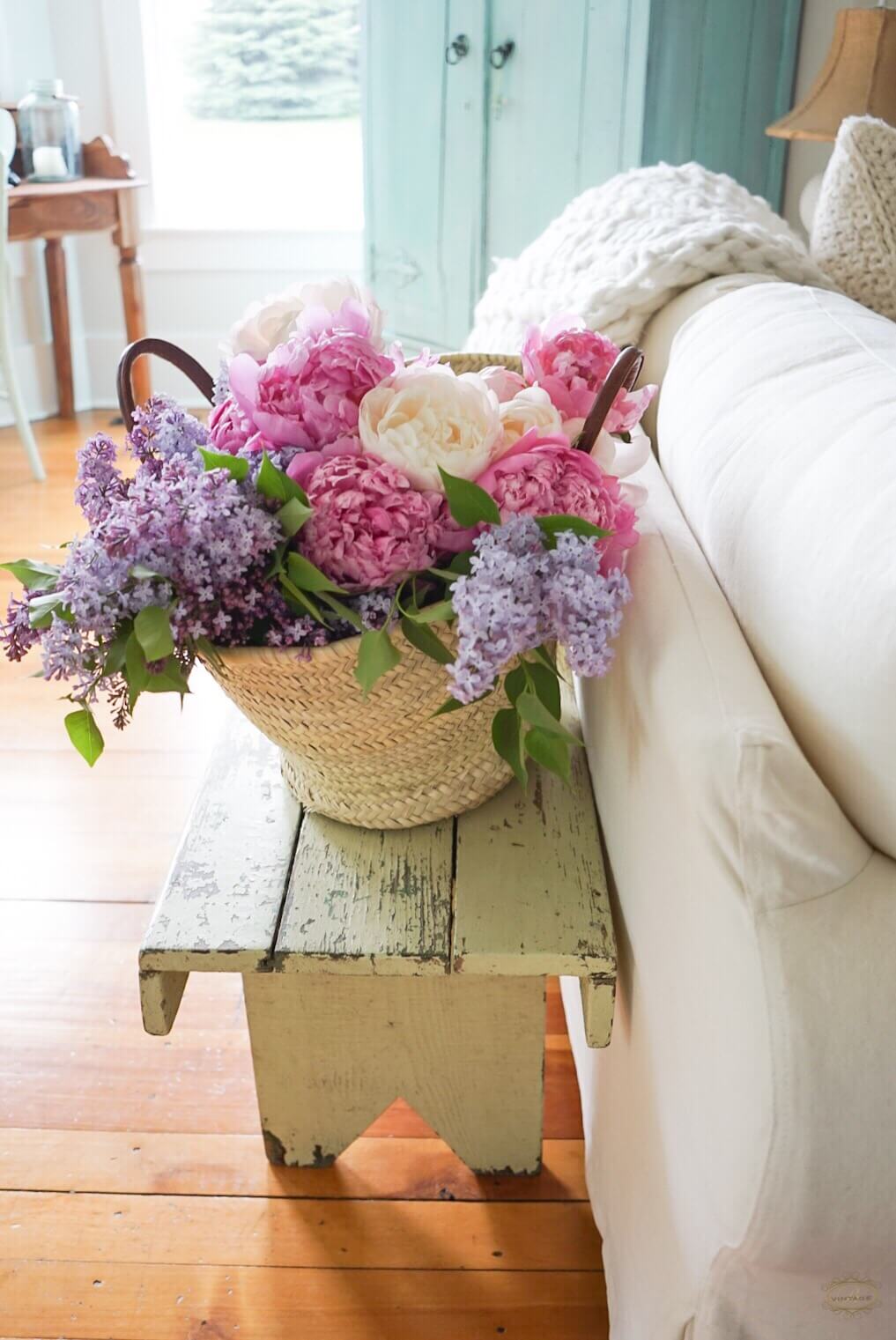
Now that you know what household items to use to make homemade flower food, let’s review a few other tips and tricks that can be used to prolong the life of your cut flowers. These simple tasks could prolong the life of your flowers to last up to a week or longer in your home.
When using flower food, keep these dos and don’ts in mind:
Dos and Don’ts
- Do use the correct amount of flower food, as indicated on the packet, or follow the recipe proportions if making your own.
- Do ensure the water is clean and fresh when initially mixing the flower food and when changing the water during the flowers’ lifespan.
- Don’t use flower food with certain flowers, such as sunflowers, glades and zinnias, which may not benefit from it.
- Don’t mix different types of flower food, as this can cause excessive nutrient levels and negatively affect the flowers.
- Do keep flowers away from heat. This means appliances such as TV’s and computers. You also want to keep them away from being too close to heat registers if possible.
- Do keep the ends clean and cut. Always use sharp scissors, knives, or shears to cut your blooms and cut the stems at an angle! This will insure less chance of particle blockage in the stem. Use a specific pair of paring knives or shears that are kept just for cutting flowers, as this will help to prolong the life of your expensive flower scissors!
- Do change the water every couple of days. Bacteria builds up quickly so make sure that you are changing your water every other day if possible. This will prevent stem blockages from unwanted floating particles in the dirty water.
- Do wipe out the container before use and at water changes. Wipe out your containers when you change your water to prevent bacteria build-up! Even pop them into the dishwasher if they are hard-to-clean containers!
- Don’t keep flowers and some fruits together. Certain fruits, like kiwis, apples, and bananas, give off ethylene which harms your flowers.
- Do refrigerate your flowers at night. Placing cut flowers in a cool space in the evening will help the longevity of the blooms. In cooler climates, placing them outside at night will also help them last longer.
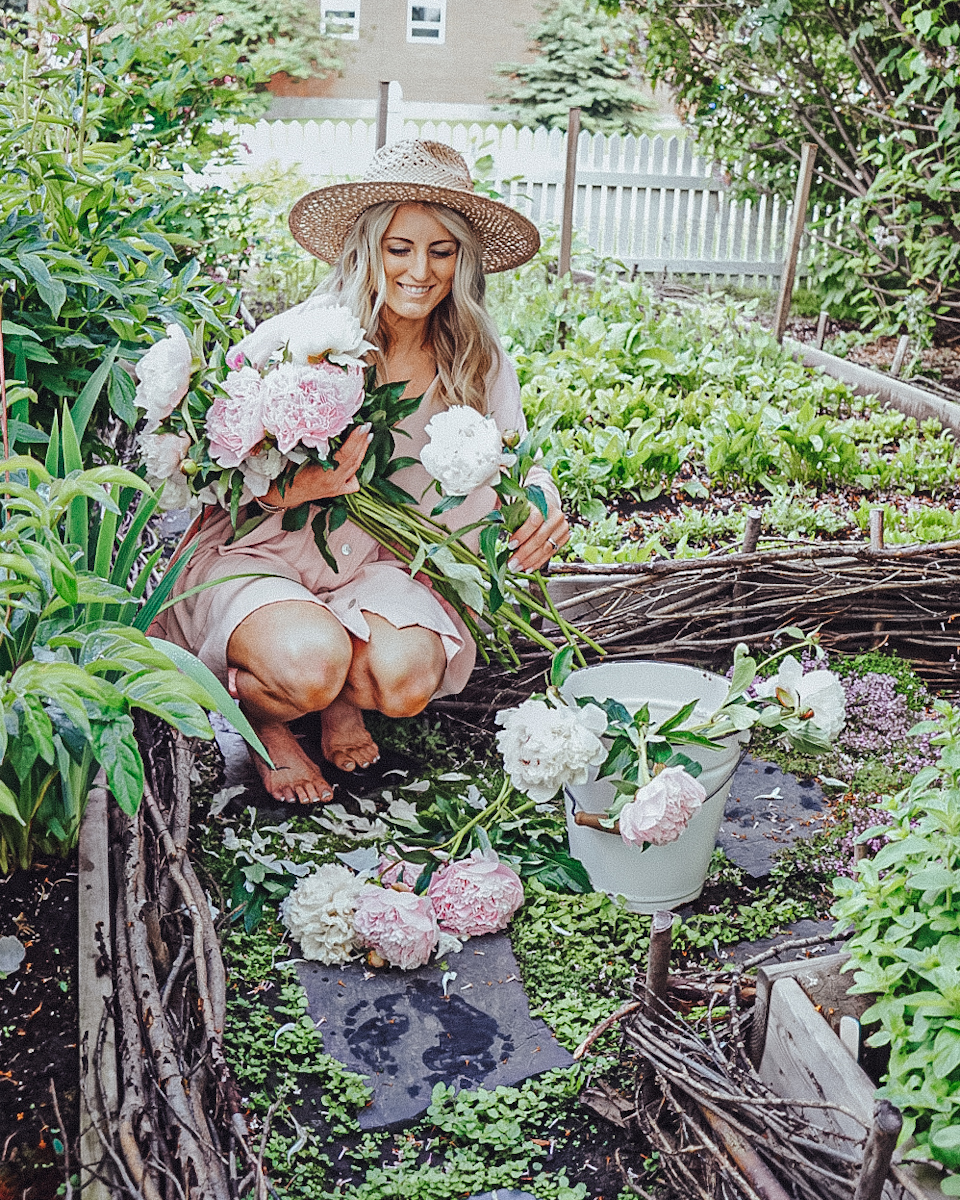
Love Peonies? Me too! Read this post all about how to make them last for months.
Flower Food Tips and Tricks
Application Methods
There are several methods for applying flower food to your floral arrangements. The most common method is to dissolve homemade solutions, or powdered or liquid flower food in water before adding it to a vase.
If you are cutting your own blooms from the garden, fill a large bucket with water and after you cut the blooms, plunge the stem within the first sixty seconds into the bucket. This will ensure the flower doesn’t harden off and stem blockages don’t form. If the stem is a woody type base, like a hydrangea or lilac, then you can also smash the end about three inches to allow more water to absorb, helping the bloom last longer.
Make sure the water is lukewarm as well; this helps the water intake speed up in the flower.
Dosage
The appropriate dosage of flower food depends on the specific recipe or product you are using. For homemade flower food, follow the given measurements in the recipe to ensure the correct concentration of nutrients. Overdosing could result in damage to the flowers, while underdosing might not provide the necessary benefits.
When using commercial flower food packets, make sure to follow the manufacturer’s instructions, as the dosage might differ depending on the product. Generally, packets are designed to be used with a specific volume of water. Be sure to measure accurately for the best results.
Regularly monitor and maintain your flower arrangements to ensure that they continue to benefit from the flower food and remain fresh and vibrant for as long as possible.
Overdosing
When using flower food, it is crucial to follow the recommended dosage instructions from the product’s manufacturer. Overdosing can lead to an excessive concentration of nutrients and chemicals that may harm the flowers.
- Too much sugar may promote bacterial overgrowth, negatively impacting the vase water’s cleanliness and the flowers’ overall health.
- Excessive levels of nutrients can cause imbalance and may hinder the flowers’ ability to absorb water through their stems, leading to early wilting.
Allergens
Some commercial flower foods may contain substances that can trigger allergic reactions in individuals with sensitivities. For instance, a few flower food formulations might include preservatives or natural ingredients that are known allergens. To avoid potential health risks, it is essential to read the label closely and choose a suitable formulation. Additionally, ensuring proper handling and avoiding direct contact with the solution can help minimize the risk of allergies.
Incompatibility with Flower Types
Not all flower foods are suitable for every type of flower. Some flower types may have distinct requirements and sensitivities that exclude them from benefiting from specific flower food formulations. For example:
- Some flowers, like tulips, prefer a less concentrated solution and might not thrive in higher nutrient concentrations. This is why I like using copper pennies with tulips for flower food. This guide on arranging tulips in a vase will help you learn how to enjoy beautiful and long-lasting tulip arrangements all season long!
- Narcissus and daffodils release latex-like substances that may clog other flowers’ stems in the mixed bouquet. Using certain types of flower food for them might not solve this issue.
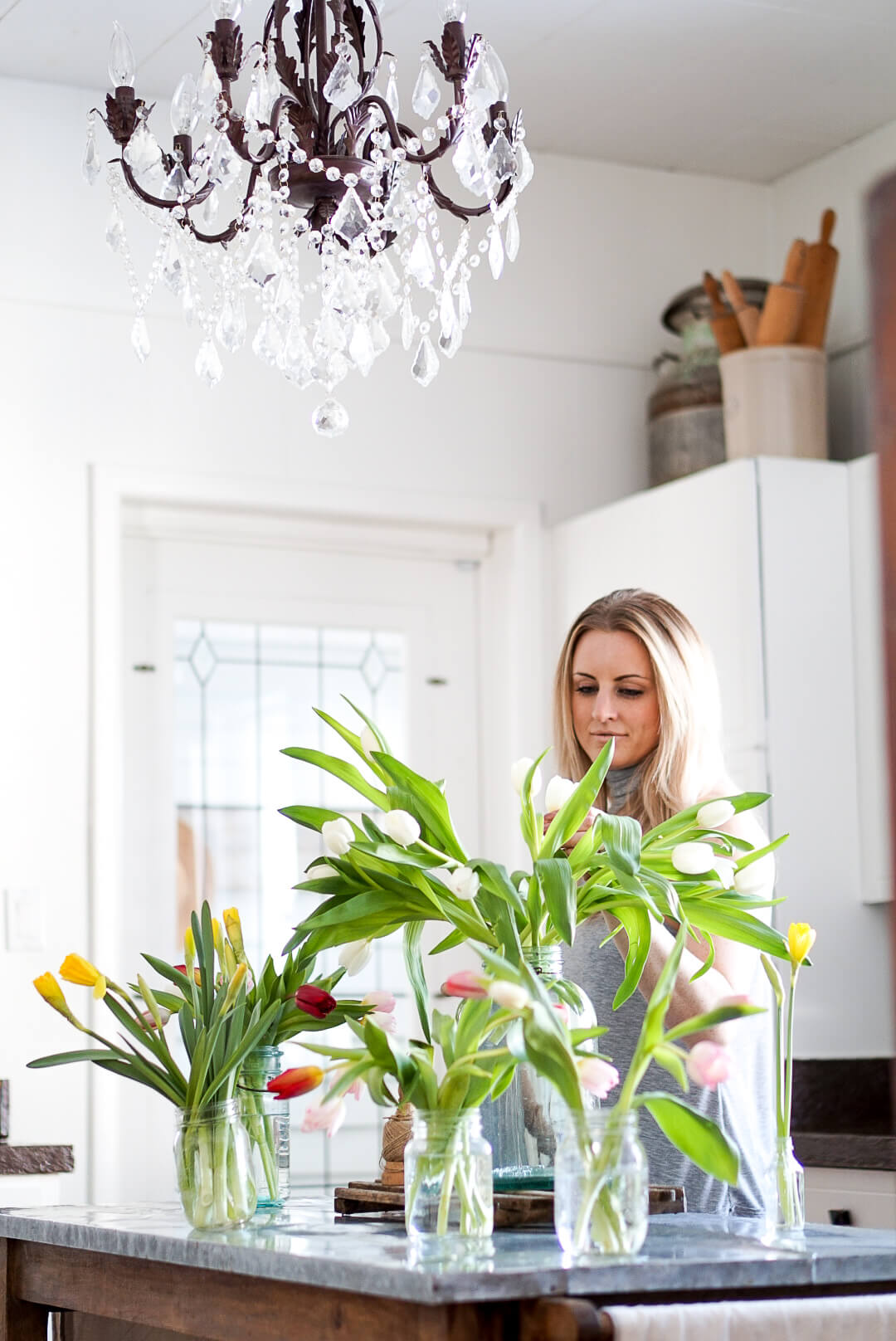
I hope you enjoyed learning all these homemade flower foods that will make your cut flowers last longer. If fresh-cut flowers give you all the spring feels then make sure to check out these easy flowers to grow for beginners. If you try any of these flower foods or have a tip I haven’t listed, I would love to know about it. Please let me know in the comments below or as always, you can find me over on Instagram.
Thank you so much for stopping by, and don’t forget to Pin this post to your Pinterest for later!
More Fresh Flower Care
Frequently Asked
Cut flowers should last anywhere from 7 to 12 days if cared for properly. There are simple household ingredients and methods that can be used to prolong the life of fresh flowers. Before we get into the flower foods that help to prolong the life of your flowers, let’s review the proper prep once you bring your fresh cut flowers home.
Flower food should be added to fresh cut flowers as soon as possible after they have been cut. This helps ensure that the flowers receive the necessary nutrients and can fend off bacteria that may lead to premature wilting. It’s also a good idea to replace both water and flower food every few days, as nutrients are depleted and bacterial growth may occur over time.
Traditional packaged flower food comes in a powder form and is made of three main ingredients which are citric acid, sugar, and bleach. It is important to have an ingredient that will kill or slow the growth of bacteria and an ingredient that acts as nutrients for the flower, too. You can easily make your own flower food using ingredients found in your home and kitchen too.
want to save this recipe?
Enter your email & I’ll send it to your inbox. Plus, get great new recipes from me every week!
By submitting this form, you consent to receive emails from B Vintage Style.
How To Make Flower Food
Equipment
- 1 pair of Sharp scissors or knife
- 1 Vase or bucket for flowers
Materials
- 2 tablespoons granulated sugar
- 2 tablespoons lemon juice
- 1/2 tablespoon household bleach
- 4 cups water distilled
Instructions
- Cut flower stems using a very sharp pair of scissors or knife
- Add 2 cups of lukewarm water to a clean vase.
- Stir in 2 tablespoons of sugar thoroughly until dissolved.
- Add 2 tablespoons of lemon juice or white vinegar to lower the pH of the water.
- Mix in half a tablespoon of bleach (or apple cider vinegar) to prevent bacterial growth.
- Place your cut flowers in the vase and change the solution every few days.
Notes
Tips For Making Flower Food
- Making your own flower food is a cost-effective and eco-friendly option for keeping cut flowers fresh.
- The food acts as a vitamin for flowers, providing them with essential nutrients for strength and maintaining their vibrant colors.
- The ingredients can be easily found in households or purchased at local grocery stores.
- Please NOTE* Don’t ever use bleach and vinegar together. The combination can produce potentially lethal chlorine gas.
Pin For Later




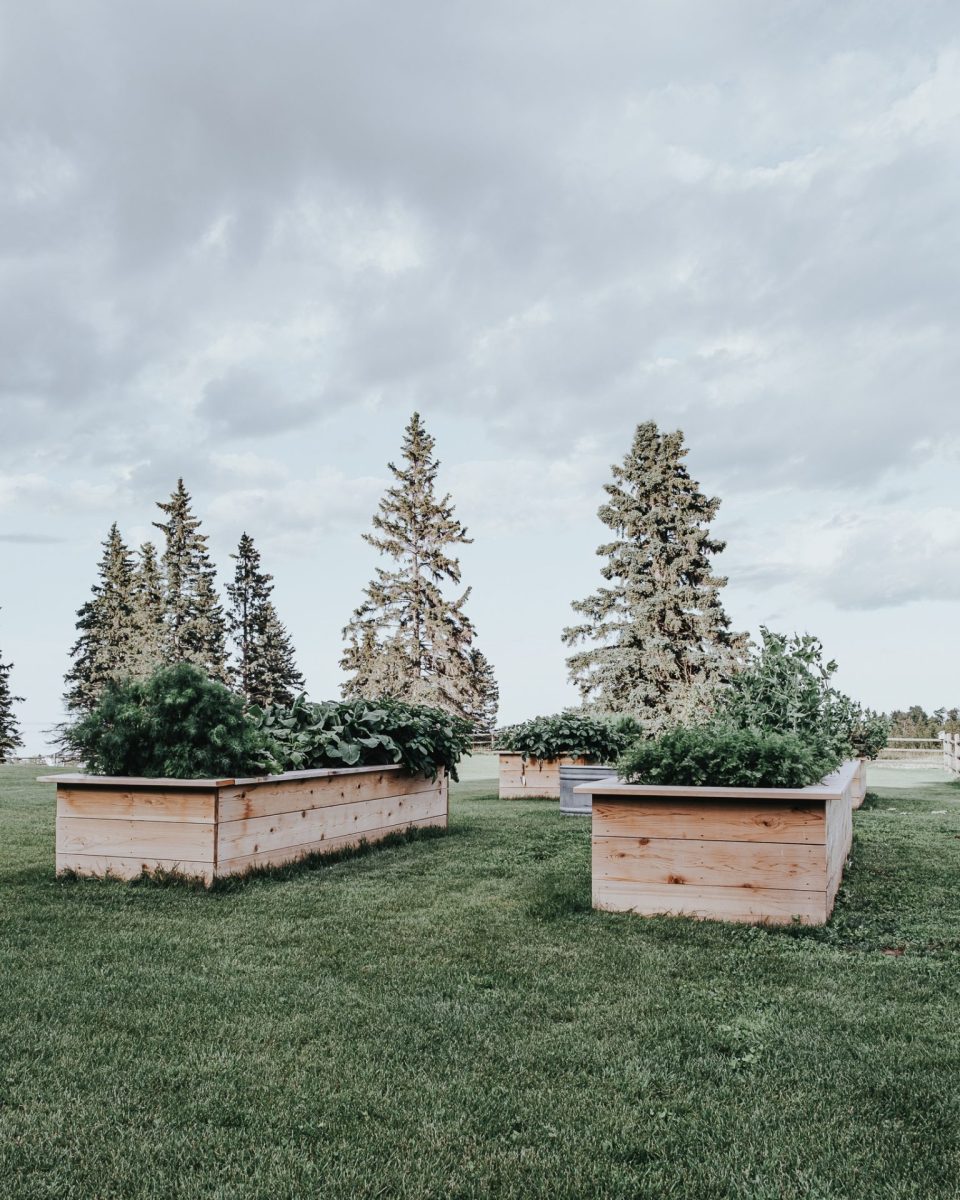
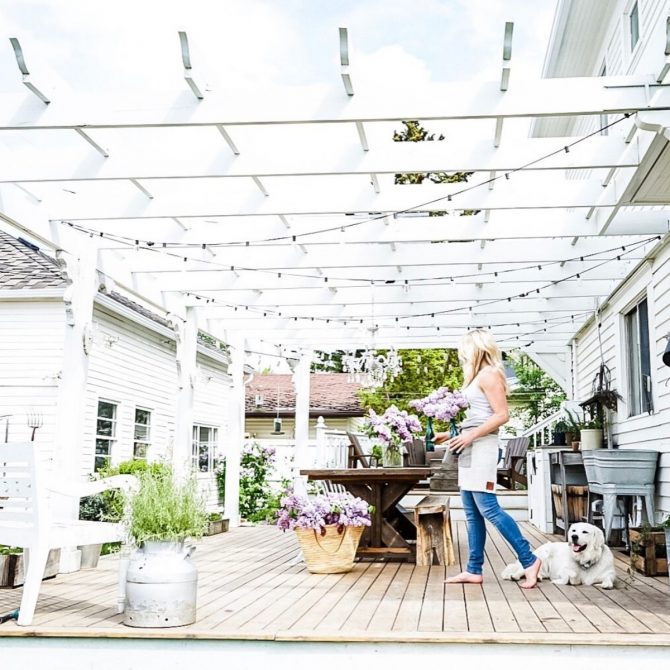
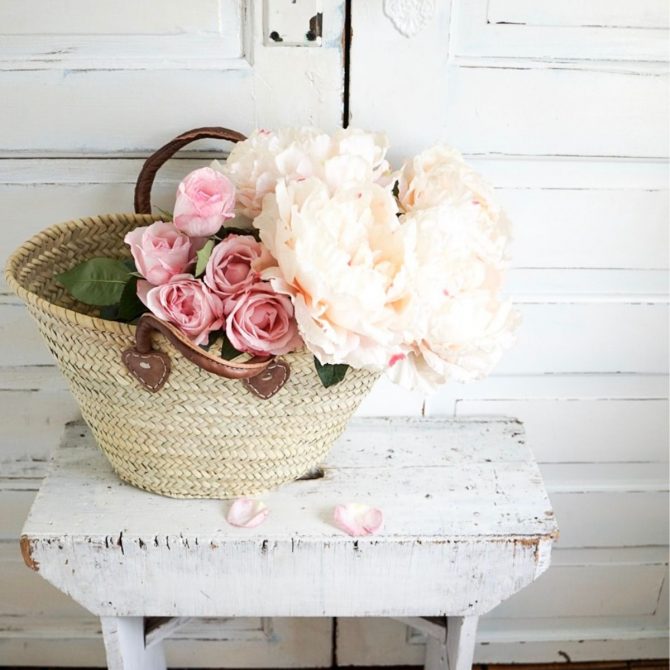
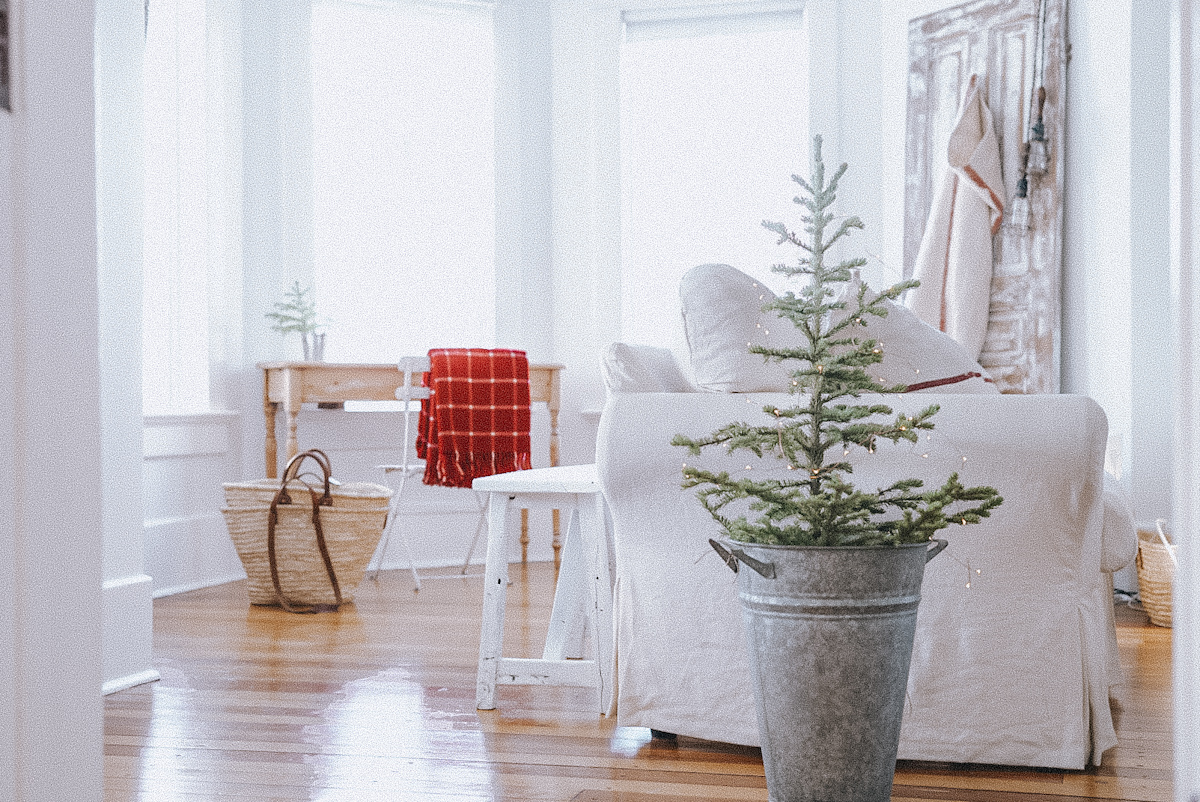

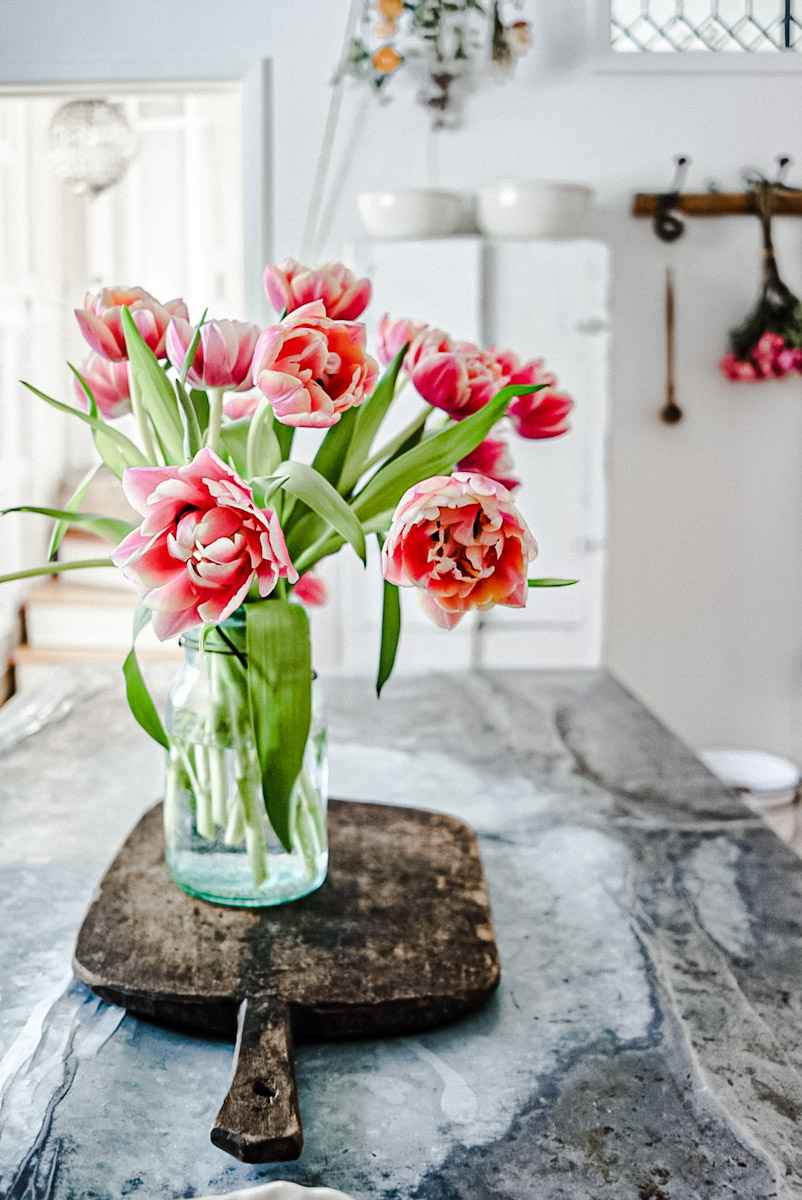
I will definitely be trying these, I LOVE fresh flowers but I don’t get them nearly often enough because they never seem to last long enough to truly enjoy.
At the top of the article it says to use a quart of water which is 4 cups but the recipe section says 2 cups. Could you confirm if it’s 2 or 4 cups? Thanks!
Hi there Erica, Thank you so much for this message and catching the error. It is meant to be 4 cups not 2. Thanks so much again.